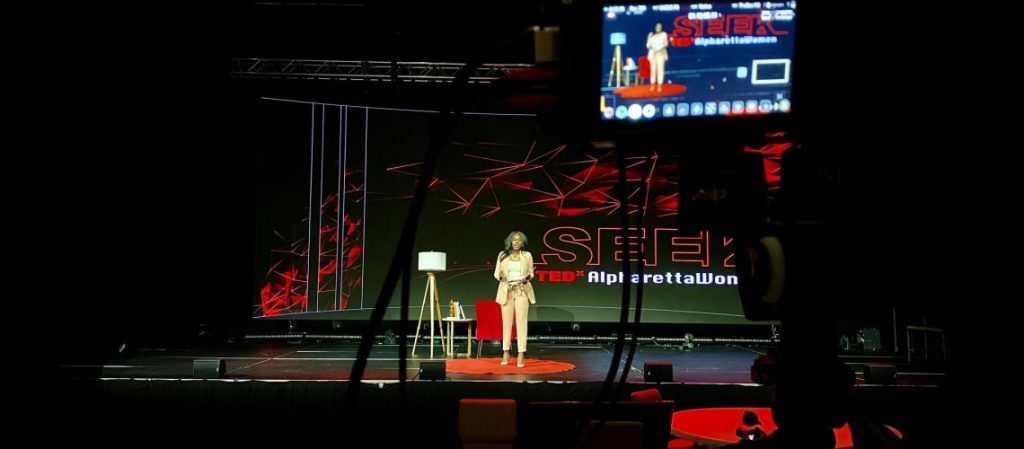
Six Best Practices to Host an Accessible Virtual Event
Hybrid and Virtual Events have not only been a learning experience for corporations, churches, and married couples alike, but they have also been society’s entertainment lifeline. Whether it be your annual company conference streaming to living rooms, or the Golden Globes awarding designer studded artists from their homes, we are quickly adapting to what it means to produce an inclusive, accessible event, over WIFI.
No matter the event you are planning, it is more important now than ever to start thinking about these six practices to make your event accessible to all.
Include step-by-step joining instructions based on your platform.
First thing’s first, no one will attend the event if they can’t join the event. There are thousands of hybrid event streaming platforms out there on the market today. Do your research, and provide clear, step-by-step instructions to logging in, joining, and participating. Get creative! Send these instructions in an e-mail, or via a formal invite.
Allow a call-in option by telephone.
To ensure you gain the most attendance possible, be sure to consider all scenarios including those traveling, or who may not have access to a computer. Call-in options give guests flexibility, increasing your attendance, and the range of people you can reach!
Provide closed captions and translation for your specific audience.
A step often missed, yet extremely vital for a potentially large portion of your audience, closed captions and translations are a must when it comes to inclusivity. Just as you would plan sensitivity and accessibility for a live event via interpreters, this is a simple way to include a population of guests who may otherwise not be able to attend. Keep in mind closed captions are only applicable to pre-recorded content. Translators or ASL interpreters are also widely accepted within hybrid events.
Avoid flashing elements.
Even social media has jumped on this inclusive habit adding warnings to content that may be triggering to those who live with conditions such as epilepsy. Go above and beyond to accommodate a population that may otherwise not attend without your sensitivity by avoiding any presentations with flashing lights or signals. If you cannot avoid these elements, be sure to provide warnings before the presentation to allow your consumers to protect themselves and those they represent.
Allow for breaks.
In general, breaks are helpful for productivity and the attention span of your consumers. It allows for moments to process the information, form opinions, etc. Breaks are a gentle accommodation to someone who, for instance, suffers from a learning disability, and gives them the opportunist to ask questions, ask for help, and refocus their attention.
Give inclusive presentations.
It’s back to the basics with this practice. We all have a story of a college professor slapping us on the writs for our power points having too many transitions, or the font choice being too whimsical. Let us pay gratitude to that professor, and tone it down a bit. Remember when creating a presentation to limit the difficulty of following by keeping your color scheme consistent, using readable fonts, and keeping minimal information on each slide.
Additionally, consider delivering content before the event to give attendees a head-start on the learning process.